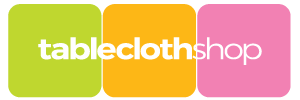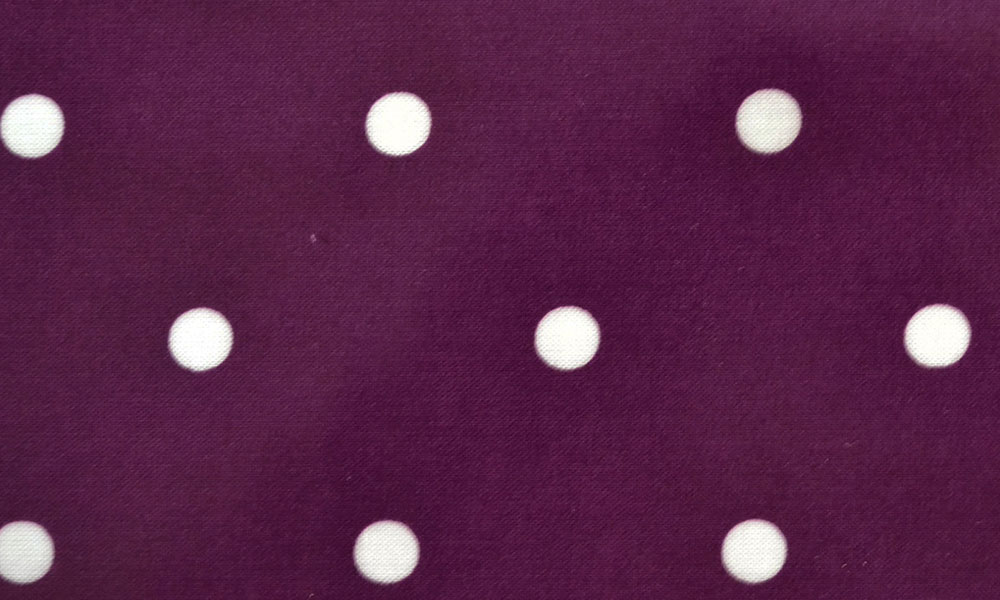At the Tablecloth Shop we love oilcloth, it is versatile, wipeable, and comes in a great range of colours and designs, and it has been around a really long time! But like many things, it has changed a lot in that time. The product we know today is completely different from the type of oilcloth originally used, but one thing remains certain – they make a great tablecloth material.
What is Oilcloth?
Oilcloth started out back in the 18th century. At the time, it was a linen cloth that was coated with a linseed-based oil. This was what gave it the name oilcloth. It was also sometimes known as an oilskin. Back then it was used both to cover tables but also to cover floors. The big downside was that the use of the oil in this way made the cloth brittle and over time it would crack and break.
The oilcloths we have today are vastly different. Most are made with linen or cotton, sometimes a poly-cotton base. Then a layer of PVC laminate is added to the top. This is what creates that wipe-clean, waterproof protection that makes oilcloth into a great tablecloth material. It also means the material can be shaped in lots of ways and made into products like aprons, peg bags and even covers for your iPad.
Oilcloth or Not?
There are also some similar materials out there that can make it confusing to spot real oilcloth versus other alternatives.
One of the most popular ‘fake’ oilcloths is PVC vinyl. It isn’t really fake but easy to mistake for the real thing. It has a soft nylon layer with a plain or patterned layer of PVC on top. It is great for indoor and outdoor use but isn’t as strong or durable as an oilcloth, but it does make a great cover for your food mixer!
Acrylic is a fabric in its own right that is a little similar to oilcloth. Acrylic is made by infusing acrylic powder into a fabric with heat. The material is usually cotton, linen or poly-cotton and the result is a softer fabric. This is great for lots of things but can be a little too soft for a perfect tablecloth.
You may even encounter fabrics that are coated with Teflon. This is a technology that adds a strong synthetic resin coating to lots of different surfaces. The most famous use is in non-stick pans – most of us have them in our kitchen cupboards, but it is overkill for a tablecloth unless you are expecting some serious spillages!
The Perfect Tablecloth
While all of these materials can work as a tablecloth, oilcloth stands out as the best for the job. It is in the middle of the price range and offers durability, a wide range of styles and ease of use.
You can clean it, fold it, take it with you and even pop it on the line and give it a gentle spray wash on the waterproof side. Within a matter of minutes, it is ready for action again even after a major spillage and will last you for years’ worth of parties, family gatherings or just evening meals.

